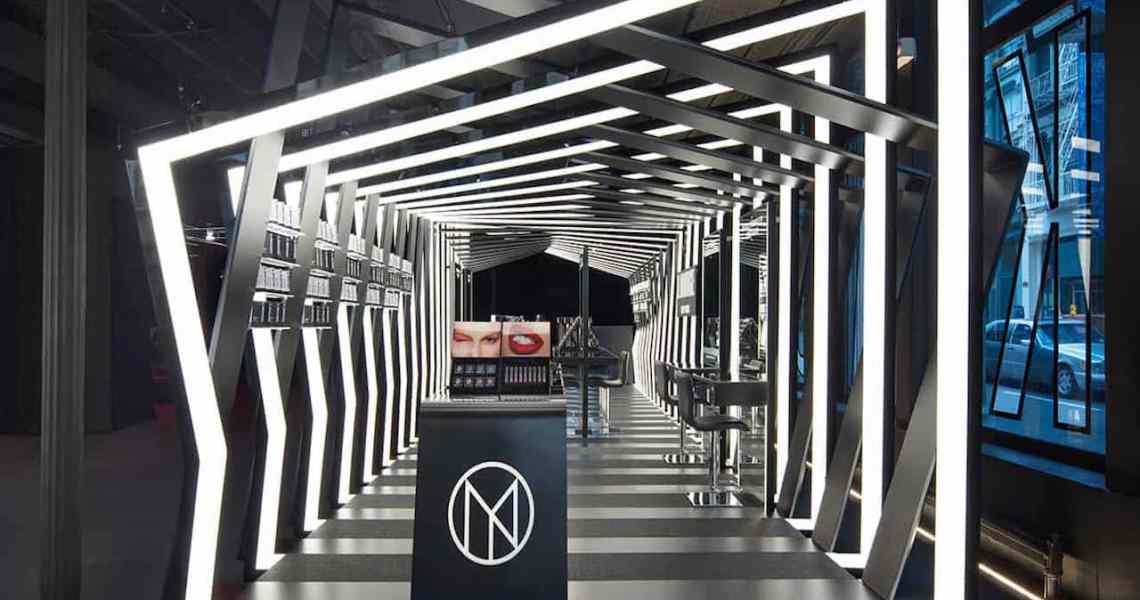Direct-to-consumer cosmetics brand Il Makiage relaunched its platform on Wednesday to reduce the friction of shopping for beauty online.
The idea was to create a one-stop-shop for discovery, tutorials, and the trial and purchase processes, said Oran Holtzman, CEO of Il Makiage. The new platform includes aspects of Instagram, YouTube and the brand’s experience of trying on products at home (through its shade-matching questionnaire and full-size product try-on, which launched in March). It also incorporates machine learning. When customers arrive to IlMakiage.com, they are shown a carousel of video tutorial content created by micro-influencers such as Llianna Ayala (@beautymarkedilly, 40,200 followers) and Diana Choi (@p.s.kaguya, 47,100 followers). Customers can skip videos, save their favorites and see what products are used in each one.
Il Makiage, which relaunched in the U.S. in June 2018 and is backed by private equity firm L Catterton, has four brick-and-mortar stores in the U.S. and has sales expectations of $60 million in 2019, according to the brand.
“Beauty shoppers are consuming information from Instagram and YouTube via tutorials, but instead of completing the purchase online, most of them have to go to the store to try on prestige makeup, and online mainly becomes a replenishment channel,” said Holtzman.
The biggest overhaul to Il Makiage’s platform and business is the addition of an influencer affiliate platform via its video content. When a customer clicks on a video, they are led to a new page showing them what products were used. Respective influencers then receive between 10% and 20% of product sales. The machine learning of the platform adapts to each individual “liked” look, whereby Il Makiage recommends more relevant videos and products the more someone engages.
Over 200 micro-influencers can upload their videos to the back-end proprietary platform called Kenzza, monitor their sales and gather data to optimize their business. At launch, there were 400 videos. Influencers have few requirements with regard to frequency or type of beauty tutorials they create and are encouraged by Il Makiage to use products from other brands in their videos to be as authentic as possible, said Holtzman.
The creation of the platform took approximately two years and was “extremely challenging” to create, said Shiran Holtzman-Erel, Il Makiage’s head of product. Because the technology is proprietary, Il Makiage has the opportunity to license it to other beauty brands, but no deals have been struck as of yet.
Ad position: web_incontent_pos1
Il Makiage is not the only beauty brand trying to figure out how to improve the online shopping experience. Glossier notably is working on “Phase Two” of its brand that includes some kind of community platform, although details are still scant. The overall online beauty category grew about 24% in 2017 to reach more than $5 billion in sales, according to Internet Retailer data, accounting for 4% of the overall e-commerce market. According to the report, Glossier had the highest growth rate, at 275% — e-commerce makes up more than 97% of the brand’s sales. Holtzman declined to state what percentage of Il Makiage’s sales are from e-commerce versus in-store, but he did state it was the “majority.”
To promote the relaunch, Il Makiage will begin by tapping into its existing customers, which include 2 million shoppers who have completed the brand’s foundation matching quiz and provided their emails. Il Makiage will also be doing ongoing paid online ads through Facebook and Instagram but declined to share the specific roll-out plan and cost. A video explaining the new launch will debut on Wednesday across Instagram, YouTube and its platform, while the brand’s 200 affiliated influencers will also help spread the word to prospective customers through their social media accounts.
“Two years ago, we had something else in mind, but when we understood the problems the beauty category had in e-commerce, we decided to go all-in and build this from scratch,” said Holtzman-Erel. “This is [our] biggest advantage because we can now pretty much do everything today.”




